Architecture of the Indian Desert
Synopsis
The classical and heroic architecture of India has been well documented and fairly well preserved. But the vernacular traditions, despite their closer association with the people, have been ignored. However, the last quarter of the 20th century is significant for two developments which have touched architecture, not only in India, but throughout the world. Firstly, the scope of historic conservation has widened. It now includes urban fabric and other historical and cultural areas. Today even 'unprotected' structures are covered in conservation programmes. Architects and urban planners are finding their task engaging and in some ways, rewarding. Archaeology too has extended its horizons into the realm of architecture and urbanism. Secondly, the search for some meaning in architecture, with a view to locate 'Indianness', started during the eighties. However, in the quest for Indianness several tangential viewpoints emerged, all of which claim to possess the largest share of this elusive quality. The purpose of this study is not to delve into any of these controversial areas. Nor is it intended to present here an architectural tradition for imitation or emulation. This document examines the architecture of a specific region and the built environment within the vernacular traditions. The principal intention is to document and understand a process that takes place in areas where people design and build for their own use. The significance of such a study is two fold. On the one hand it gives insights into the nature of a built form responding to the forces at work in particular context; on the other it helps documenting a habitat which is already under pressure to change. This architectural heritage is under the stress of 'development' in which forms from metropolitan areas are imitated without considering their relevance. Introduction of tin sheets for roofs in the region, in recent years has already added a new dimension to the dynamics of flux. While appropriate change would, obviously, by very welcome, tin sheets in the hot desert make no sense. At the same time people have found their usefulness as a base for thatch covering. The process of change is difficult to stop even when it is not for the better. The question arises: if change must come. What form should it take? Should it relate to the traditional form of the habitat? What should change and what should continue? Before asnwering these questions, it is useful to understand the nature of traditional architecture.
Read more
49.50
44.55
$
55.00 $
Free delivery Wolrdwidе in 10-18 days
Ships in 2-4 days from New Delhi
Membership for 1 Year $35.00
Get it now and save 10%
Get it now and save 10%
BECOME A MEMBER

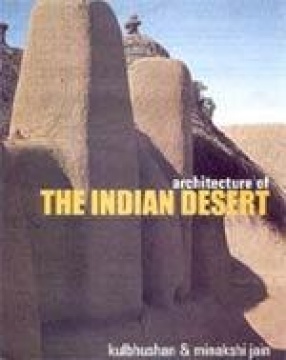
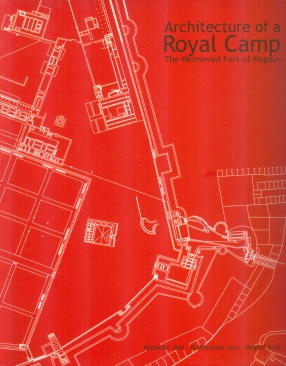
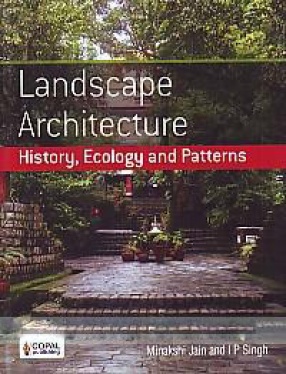
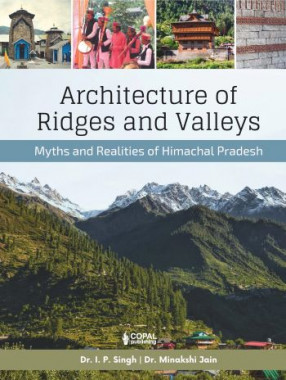
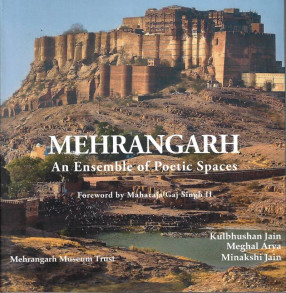
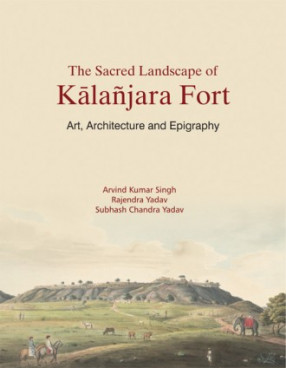
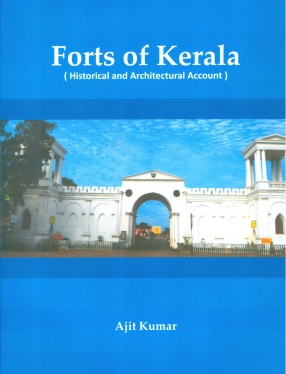

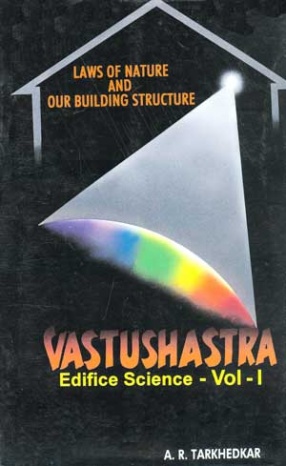

Bibliographic information